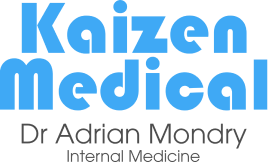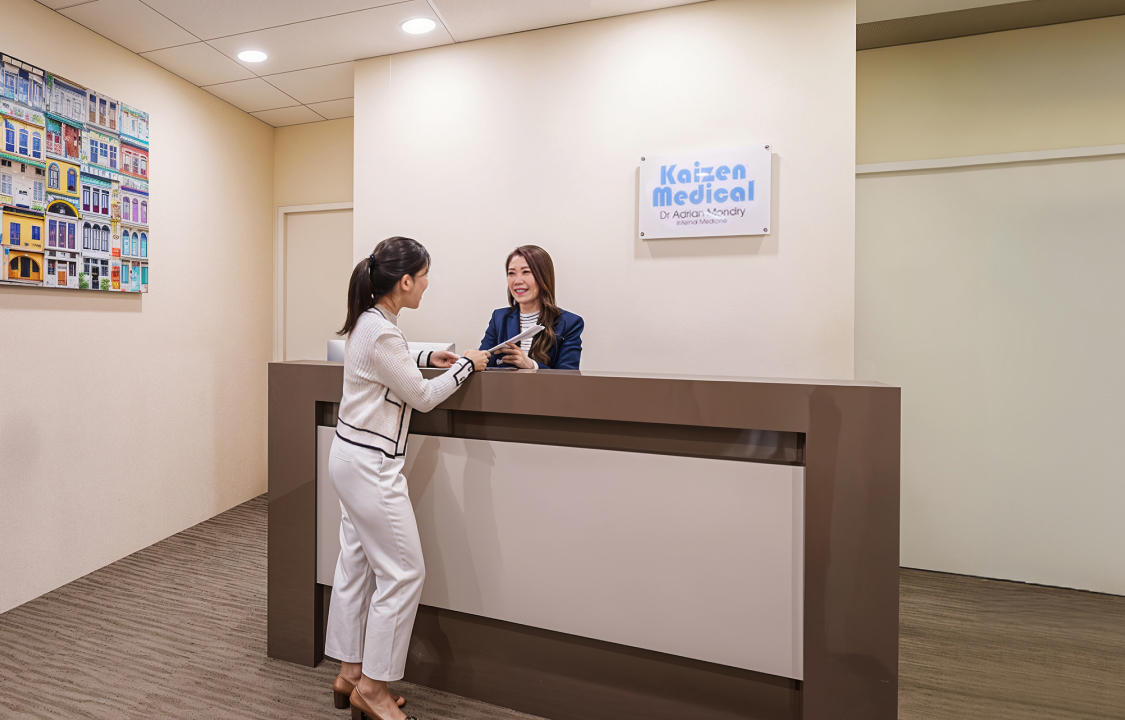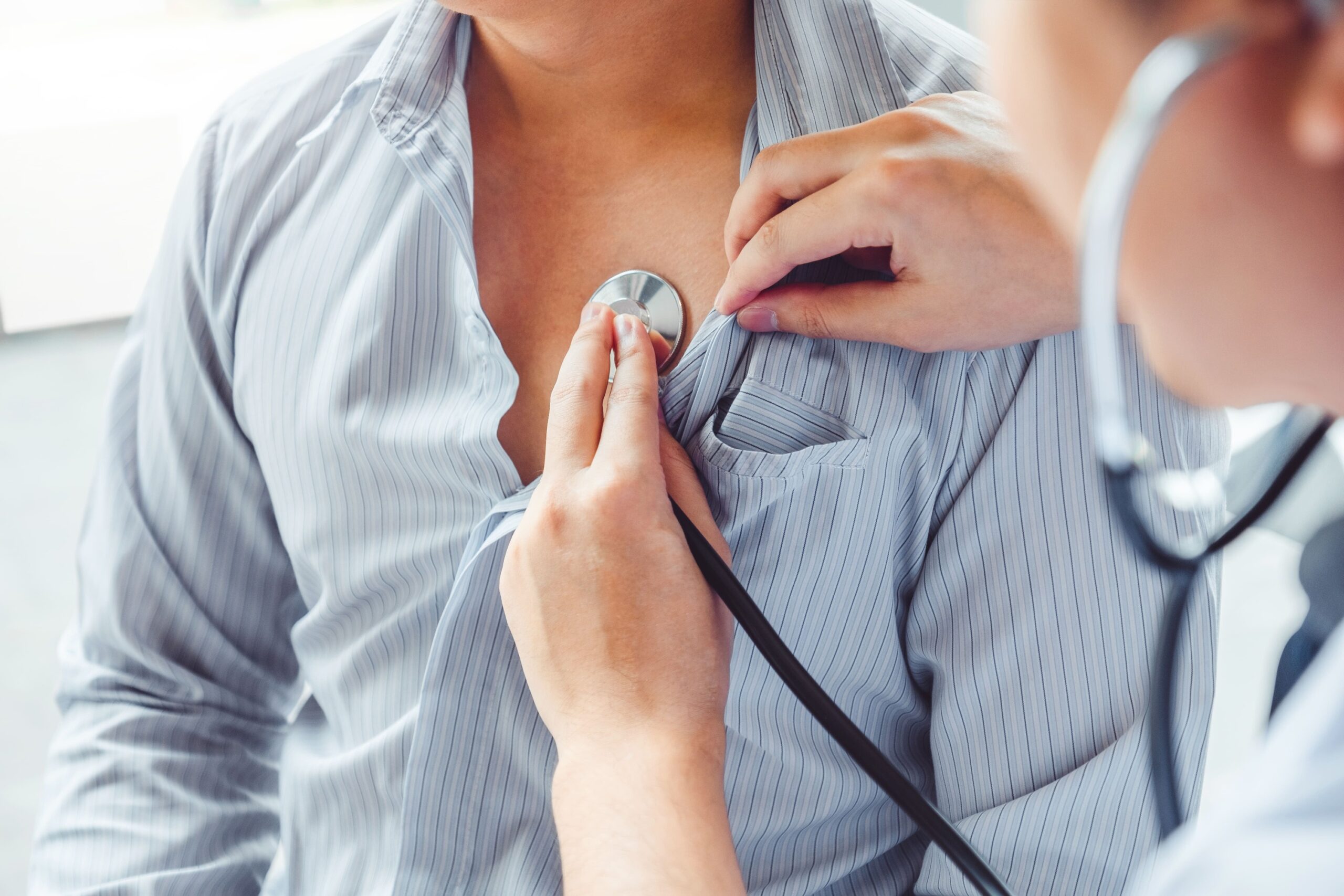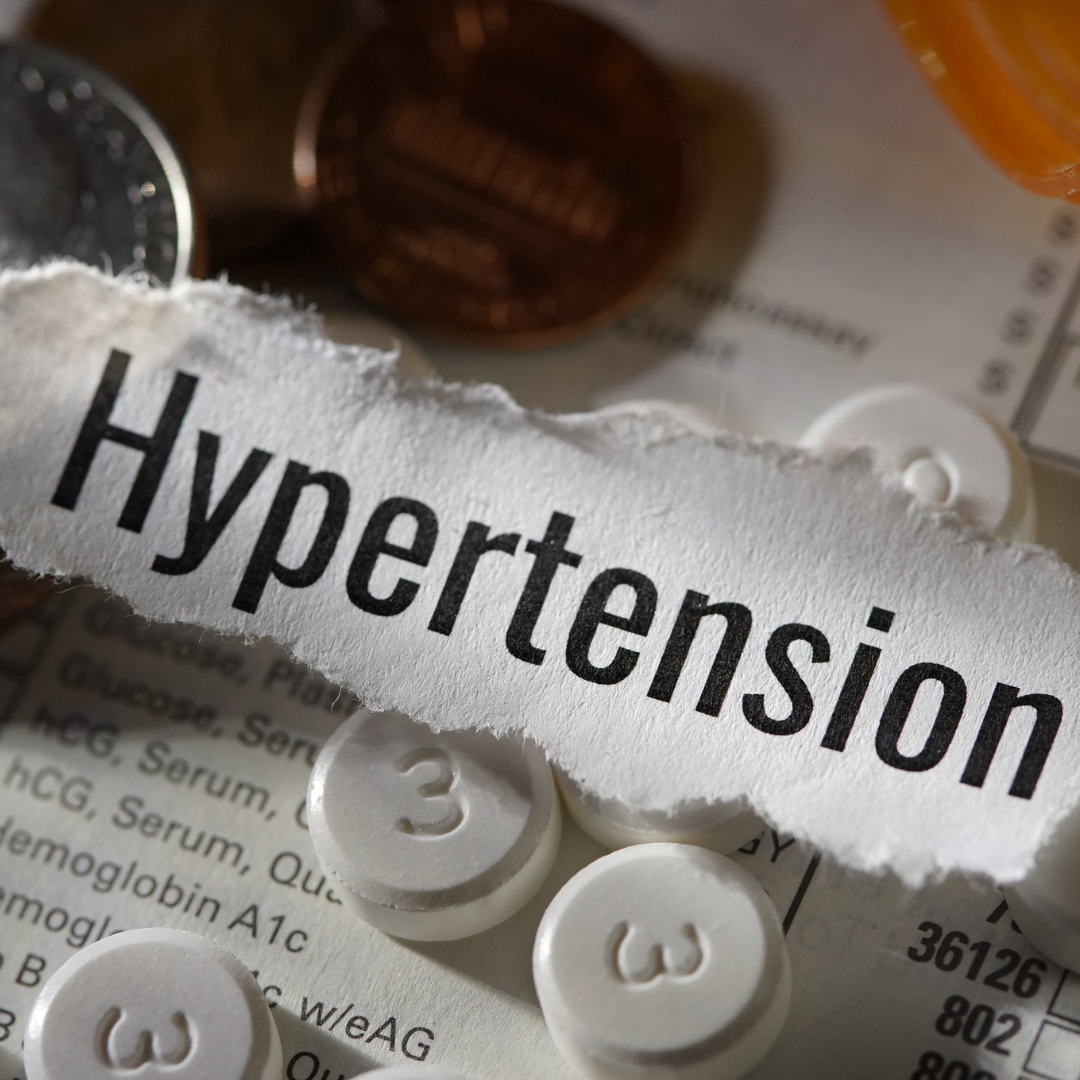Blood pressure readings consist of two numbers: systolic pressure (when your heart beats) over diastolic pressure (when your heart rests between beats). These measurements, expressed in millimeters of mercury (mmHg), determine which hypertension stage applies to your cardiovascular health. Each stage requires different management approaches and carries distinct health implications.
Singapore’s healthcare system uses internationally recognized blood pressure classifications that guide treatment decisions. The progression from normal blood pressure to hypertensive crisis follows predictable patterns, with each stage presenting specific challenges and requiring targeted interventions.
Normal and Elevated Blood Pressure
Normal blood pressure reads below 120/80 mmHg. At this level, your cardiovascular system functions optimally without placing excess strain on blood vessel walls. Adults with normal readings should maintain their current lifestyle habits and undergo blood pressure checks during annual health screenings.
Elevated blood pressure ranges from 120-129 mmHg systolic with diastolic below 80 mmHg. This pre-hypertension stage signals that your cardiovascular system experiences mild stress. While not yet hypertension, elevated readings indicate increased risk for progression without intervention.
During the elevated stage, dietary sodium reduction to below 2,300mg daily can lower systolic pressure by 2-8 mmHg. Regular aerobic exercise for 30 minutes daily reduces readings by 4-9 mmHg. Weight loss of 5-10 kilograms typically decreases blood pressure by 5-20 mmHg.
Alcohol limitation to one drink daily for women and two for men helps maintain healthy blood pressure. Stress management through meditation, deep breathing, or yoga provides additional benefits. Blood pressure monitoring every 3-6 months tracks your response to lifestyle changes.
Stage 1 Hypertension
Stage 1 hypertension occurs when blood pressure consistently measures 130-139/80-89 mmHg. This diagnosis requires at least two elevated readings on separate occasions, as single measurements can reflect temporary stress or white coat syndrome. Your doctor will likely recommend 24-hour ambulatory monitoring to confirm the diagnosis.
At this stage, blood vessel walls experience constant pressure that damages their inner lining. The heart works harder to pump blood, leading to left ventricular hypertrophy over time. Kidney function may begin declining as small blood vessels sustain damage. Brain blood flow patterns change, potentially affecting cognitive function.
Treatment for Stage 1 hypertension depends on your cardiovascular risk factors. Patients with diabetes, chronic kidney disease, or existing cardiovascular disease typically start medication immediately. Those without additional risk factors may try intensive lifestyle modifications for 3-6 months before adding medication.
Common first-line medications include ACE inhibitors, ARBs, calcium channel blockers, or thiazide diuretics. Your doctor selects medications based on age, ethnicity, concurrent conditions, and potential side effects. Most patients require 2-4 weeks to adjust to new medications, with dose adjustments based on response.
Stage 2 Hypertension
Stage 2 hypertension presents with readings of 140/90 mmHg or higher. This stage almost always requires medication alongside lifestyle modifications. The combination approach reduces cardiovascular event risk more effectively than either intervention alone.
Blood vessel damage accelerates at Stage 2, affecting multiple organ systems simultaneously. Retinal blood vessels show characteristic changes visible during eye examinations. Protein may appear in urine as kidney filtration units sustain damage. Arterial stiffness increases, further elevating blood pressure in a destructive cycle.
💡 Did You Know?
Blood pressure medications work through different mechanisms – some relax blood vessels, others reduce blood volume, and some slow heart rate. Combination therapy often uses complementary mechanisms for better control with fewer side effects.
Most Stage 2 patients require two or more medications for adequate control. Fixed-dose combinations improve medication adherence by reducing pill burden. Your doctor monitors kidney function, electrolytes, and other parameters every 3-6 months during treatment optimization.
Target blood pressure for most adults is below 130/80 mmHg. Elderly patients above 65 may have slightly higher targets to prevent falls from excessive blood pressure lowering. Diabetic patients often require tighter control to protect kidney function.
Hypertensive Crisis
Hypertensive crisis occurs when blood pressure exceeds 180/120 mmHg. This medical emergency divides into two categories: hypertensive urgency (without organ damage) and hypertensive emergency (with acute organ damage). Both require immediate medical attention but differ in treatment urgency and setting.
Hypertensive urgency patients experience severe headaches, shortness of breath, or anxiety but show no evidence of acute organ damage. Treatment involves oral medications to gradually reduce blood pressure over 24-48 hours. Rapid reduction can cause stroke by compromising brain blood flow.
⚠️ Important Note
Never attempt to rapidly lower extremely high blood pressure at home. Sudden drops can cause stroke, heart attack, or kidney failure. Always seek immediate medical evaluation for readings above 180/120 mmHg.
Hypertensive emergency manifests with chest pain, vision changes, confusion, or weakness alongside extreme blood pressure elevation. These symptoms indicate ongoing organ damage requiring intravenous medications in a hospital setting. Treatment aims to reduce blood pressure by 10-20% within the first hour, then gradually to safer levels over 24 hours.
Managing Your Hypertension Stage
Regular monitoring forms the foundation of hypertension management across all stages. Home blood pressure monitors with appropriate cuff sizes provide accurate readings when used correctly. Take measurements at the same times daily, after 5 minutes of rest, with your back supported and feet flat on the floor.
Medication adherence remains important for Stages 1 and 2 hypertension. Set phone reminders or use pill organizers to maintain consistent dosing schedules. Never stop medications abruptly, even if readings normalize – controlled blood pressure indicates treatment success, not cure.
✅ Quick Tip
Record blood pressure readings in a logbook or smartphone app, noting the time, arm used, and any symptoms. This data helps your doctor optimize treatment during follow-up visits.
Dietary approaches significantly impact all hypertension stages. The DASH diet emphasizes fruits, vegetables, whole grains, and lean proteins while limiting sodium. Potassium-rich foods like bananas, sweet potatoes, and spinach help counteract sodium’s effects. Reading food labels identifies hidden sodium in processed foods.
Regular exercise provides benefits across all stages of hypertension. Start with 10-minute walks if sedentary, gradually increasing duration and intensity. Swimming, cycling, and brisk walking offer cardiovascular benefits without excessive joint stress. Resistance training twice weekly complements aerobic exercise.
What Our Internal Medicine and Hypertension Specialist Says
Hypertension rarely causes symptoms until organ damage occurs, earning its reputation as the “silent killer.” Many patients feel fine despite dangerously elevated readings, making regular screening important. I’ve seen patients discover Stage 2 hypertension during routine check-ups, having experienced no warning signs.
Treatment success depends on understanding that hypertension management is a marathon, not a sprint. Patients who view their condition as a chronic disease requiring ongoing attention achieve better outcomes than those seeking quick fixes. Small, sustainable lifestyle changes often produce more lasting results than dramatic short-term efforts.
The relationship between stress and blood pressure proves complex but significant. While acute stress temporarily elevates readings, chronic stress contributes to sustained hypertension through multiple pathways. Addressing work-life balance, sleep quality, and emotional health forms an integral part of comprehensive hypertension management.
Putting This Into Practice
- Schedule blood pressure checks every 6-12 months if readings are normal, every 3-6 months for elevated readings, and as directed by your doctor for diagnosed hypertension
- Purchase a validated home blood pressure monitor with an appropriate cuff size, checking its accuracy against clinic readings annually
- Create a low-sodium meal plan focusing on fresh ingredients, herbs, and spices for flavor rather than salt or sauces
- Establish a regular exercise routine starting with activities you enjoy, aiming for at least 150 minutes of moderate activity weekly
- Track your readings, medications, and lifestyle factors in a dedicated journal to identify patterns and optimize treatment
When to Seek Professional Help
- Blood pressure readings consistently above 130/80 mmHg despite lifestyle modifications
- Any reading above 180/120 mmHg regardless of symptoms
- Chest pain, severe headache, or vision changes with elevated blood pressure
- Shortness of breath, especially when lying flat or during minimal exertion
- Persistent dizziness or lightheadedness after starting new medications
- Swelling in legs, ankles, or feet developing over days to weeks
- Unexplained fatigue or exercise intolerance
- Heart palpitations or irregular pulse with high blood pressure
Commonly Asked Questions
How often should I check my blood pressure at home?
Check twice daily (morning and evening) when first diagnosed or adjusting medications. Once stable, weekly measurements suffice unless your doctor recommends otherwise. Always take 2-3 readings one minute apart and record the average.
Can I stop medication once my blood pressure normalizes?
Blood pressure medications control rather than cure hypertension. Normal readings on medication indicate treatment success. Stopping medication typically causes blood pressure to rise within days to weeks, potentially higher than before treatment.
Why do blood pressure targets differ between patients?
Individual targets consider age, concurrent conditions, and fall risk. Diabetic patients need tighter control to prevent kidney damage. Elderly patients may tolerate slightly higher readings to maintain adequate organ perfusion while avoiding falls from low blood pressure.
Does white coat hypertension require treatment?
White coat hypertension (elevated readings only in medical settings) affects many patients. While not requiring immediate medication, it indicates increased cardiovascular risk. Home monitoring and 24-hour ambulatory monitoring help distinguish true hypertension from white coat effect.
How quickly should blood pressure medications work?
Most medications show initial effects within hours to days, but full benefits develop over 2-4 weeks. Some medications like diuretics work faster, while others like ACE inhibitors take longer to reach maximum effect. Patience during medication adjustment prevents unnecessary changes.
Next Steps
Regular monitoring and consistent management approaches yield favorable outcomes across all hypertension stages.
If you’re experiencing elevated blood pressure readings or need comprehensive hypertension evaluation, our MOH-accredited internal medicine and hypertension specialist can assess your cardiovascular risk and develop a personalized treatment plan.






